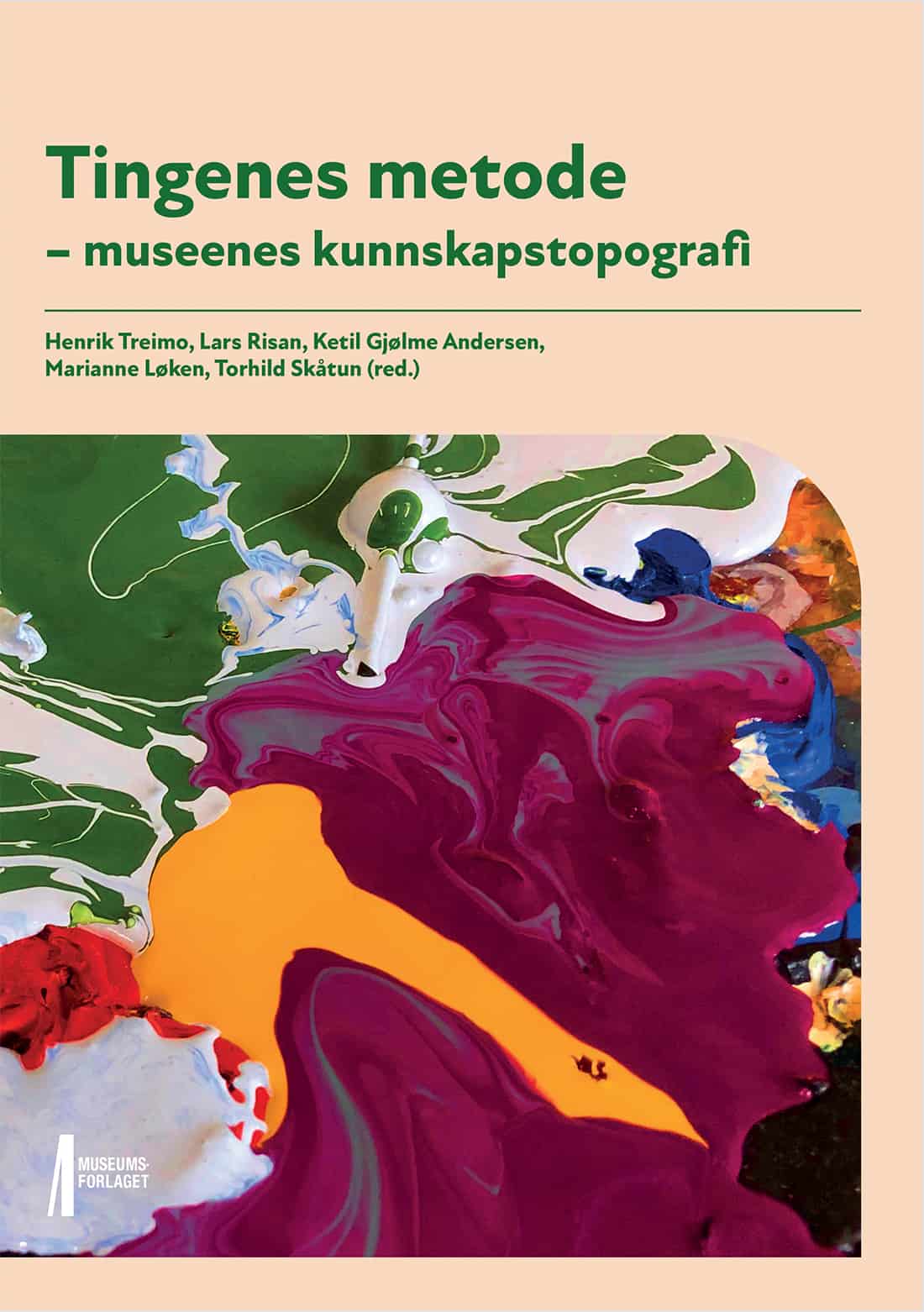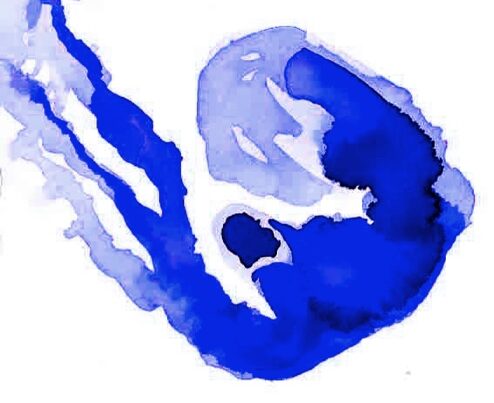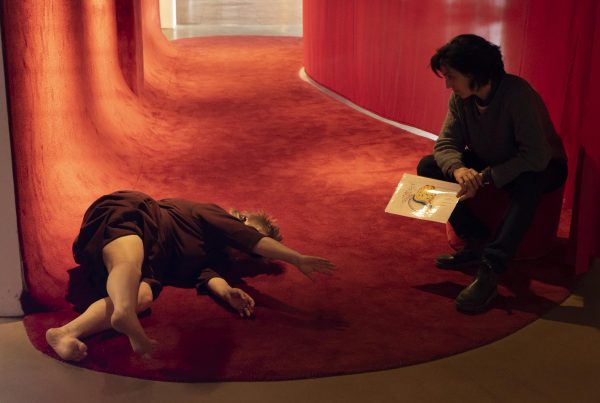Phil Loring
The Method of Things
This book consists of practical texts that examine what kind of knowledge institutions museums can be. The authors take concrete exhibition projects as their starting point and discuss how the Things method can be used to involve the public more actively in the work with the museums’ collections. The book’s main question is how museums can combine the desire to be open and at the same time preserve an authority as knowledge institutions.
Here is an article that Phil Loring wrote in conjunction with our museum residency 2020-2022 and our project “a collection of fluid spaces” that has been published in THE METHOD OF THINGS – THE KNOWLEDGE TOPOGRAPHY OF MUSEUMS
This book consists of practical texts that examine what kind of knowledge institutions museums can be. The authors take concrete exhibition projects as their starting point and discuss how the Things method can be used to involve the public more actively in the work with the museums’ collections. The book’s main question is how museums can combine the desire to be open and at the same time preserve an authority as knowledge institutions.
an excerpt from Floating spaces of membranes: dance and movement at the Medical Museum
Bieringa also sent the museum a blog post by bodyworker Susan Raffo that sketched out an embodied vision of anatomy, which dovetailed with Bieringa’s own perspective. “Learning anatomy doesn’t matter,” Raffo began.
“…Learning anatomy as poetry, as history, as cultural understandings of physical tissue, that’s what matters. Learning anatomy as a way to BE the first gathering place of the intestines (duodenum) or to feel/know/understand the throb and shape of a headache that rides low at the back of your head (third cervical nerve and so much more), that’s what matters. Learning anatomy is not about assigning facts to parts but instead is about sensing in and becoming that anatomy.[1]”
In short, “sensing in and becoming that anatomy” (and physiology) is one way to describe Body-Mind Centering.
During the first period of residency, 1–5 June 2020, museum staff had an opportunity to witness Body-Mind Centering in action. The museum had reopened only days before, on 30 May. The residency took place in Pusterommet (“The breathing room”), the same small room off the medical galleries where the mummy had been laid out the summer before. True to the embryological theme, Bieringa had asked us to pull out some specimens of embryos that she could share with her dancers. What we found is that we have many specimens of human fetuses but few or none of embryos, probably since actual embryos (defined as less than nine weeks post-conception) are tiny, less than 4cm long. We pulled out several specimens of small fetuses and put them into a display cabinet in Pusterommet to serve as a kind of inspiration while the dancers moved in the space.
One of the first things that struck me about the practice of Body-Mind Centering is the fact that it is simultaneously a way of moving (like yoga or qi gong or judo, all of which I have tried) and a way of talking about the body (also like yoga, qi gong, and judo, but here the talking side is much more pronounced). The practice involves a series of gentle verbal commands/invitations, questions, and observations which take place at the same time that the dancer is physically acting them out, thus:
I am going to invite you to just begin stroking the front surface of your body.
So, making connections all the way from top to bottom,
feeling this front layer.
And what is it to move from this place of the front,
so any kind of movement,
allowing your sense of front to have presence,
to have volume.[2]
Over time, the narrative pulls in elements of embryology, the “fluid spaces and membranes” of this article’s title – it invites dancers to embody the story of the development of all of us from three-layered discs into complete and functioning bodies. Often Bieringa would begin a session by sharing embryological diagrams and photographs and giving a short interpretive lecture about the development of a certain structure in the embryo, such as the heart or notochord or limb buds. Eventually this practice of talking while moving develops into what Carla Bottiglieri, one of the participants in the residency, described as a play of intensities, rhythms, simultaneous events, different speed rates – a kind of embodied music.
But strikingly, to my eye at least, Body-Mind Centering practice does not look like dance. It looks like touching yourself, swimming through space, rolling on the floor, freely improvising. There is something childlike in it. The dancers moved in a way that reminded me of undersea creatures. I sat in silence observing this practice, trying to take it all in, trying to overcome my feelings of estrangement. Trying to loosen the feeling of control over what happens in the museum space. The dancers themselves sometimes referred to this improvisational activity as “research,” which I found to be a curious term.
This estrangement was not only on my part. Midway through the residency we arranged a visit to the storage room where we keep our wet specimens – tissue preparations preserved in alcohol and formaldehyde – literal “fluid spaces.” The dancers and I spent almost an hour with conservator Hilde Skogstad, opening drawer after drawer and finding different brains and hearts and uteruses and intestines and fetuses in jars, most of them pathological specimens. Overall, however, the feeling I got was that they were impressed but not so impressed that they would have stayed any longer than 45 minutes in that cramped storage room. Probably they were being sensitive to the needs of the museum staff. However, I had the impression that they were more interested in thinking about organs in motion, about fluid spaces filled with secretions and other bodily fluids, constantly circulating and renewing. Organs and fetuses floating in jars just seemed so lifeless. Much like Maren must have seemed lifeless and flat when laid out on that table the year before.
“With embryology,” wrote Carla Bottiglieri during the residency, “anatomy ceases being the static, achieved geography of structures – a stillness that is primarily borrowed from the cadaveric inertia of the dissected body – and reveals what moved and still moves our seemingly silent interiors.”[3] Embryology was thereby presented as the very opposite of our static museum objects – fetuses in jars, the mummy Maren – which are presumably dragged down by their “cadaveric inertia.” Still and silent, like the seated curator watching the dancers.
The reference to “seemingly silent” spaces inside the body may also have been a nod to the museum and the silence that normally reigns therein. Breaking this silence, another participant in the residency, Hanna Filomen Mjåvatn, together with Bieringa, created a living soundscape based on recordings of the actual whooshing and throbbing sounds made inside our bodies. She improvised this sound composition using a sequencer while the others danced. (Other participants were Kristina Gjems, Loan Ha, Sigrid Vesaas, and Gry Kipperberg.)
“We are building an installation that will function as a kind of experimental embryology laboratory,” Bieringa explained more recently, and the key word here is experimental, for rather than imposing a definition of dance or choreography onto the project, it is as if she wants the dance-like character to emerge gradually, experimentally, by touch and feel. “There is a future that is unfolding in front of us,” she continued. “Something that is both fluid, intuitive, and undecided, beyond conscious control…. Also trying to figure out how to communicate, beyond our personal experience.”[4] Bieringa and Ramstad’s “collection of fluid spaces” is therefore itself a space of radical fluidity. (As it happens, “trying to figure out how to communicate, beyond our personal experience” is also a remarkably good way to describe the process of exhibition development.)
[1] Raffo 2020
[2] Bieringa 2020
[3] Bottiglieri, Bieringa, and Ramstad 2020
[4] Bieringa 2020



